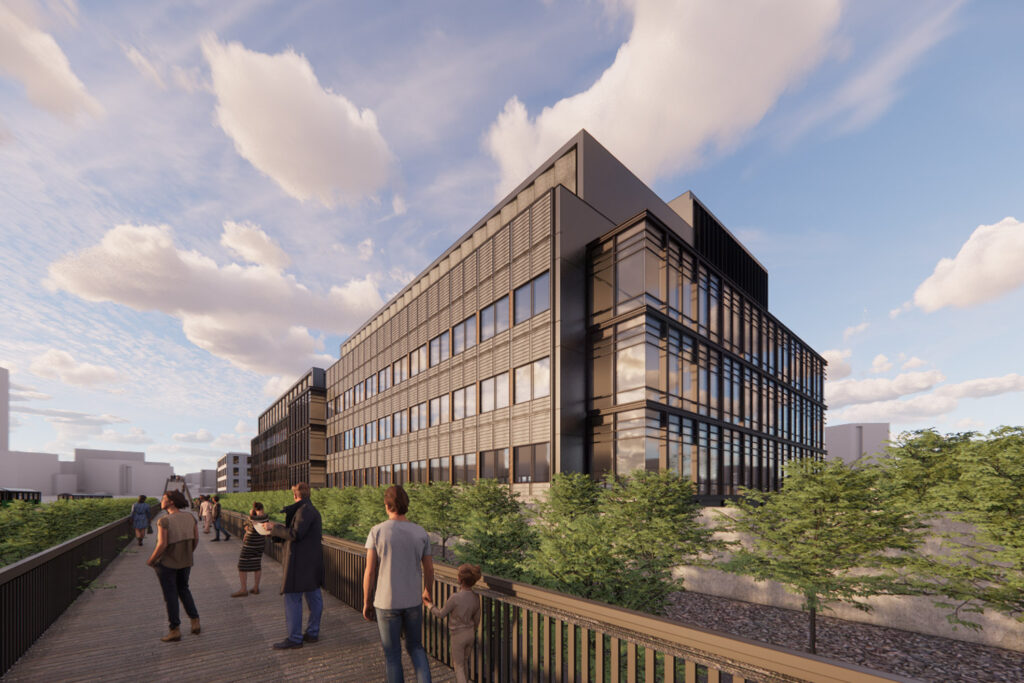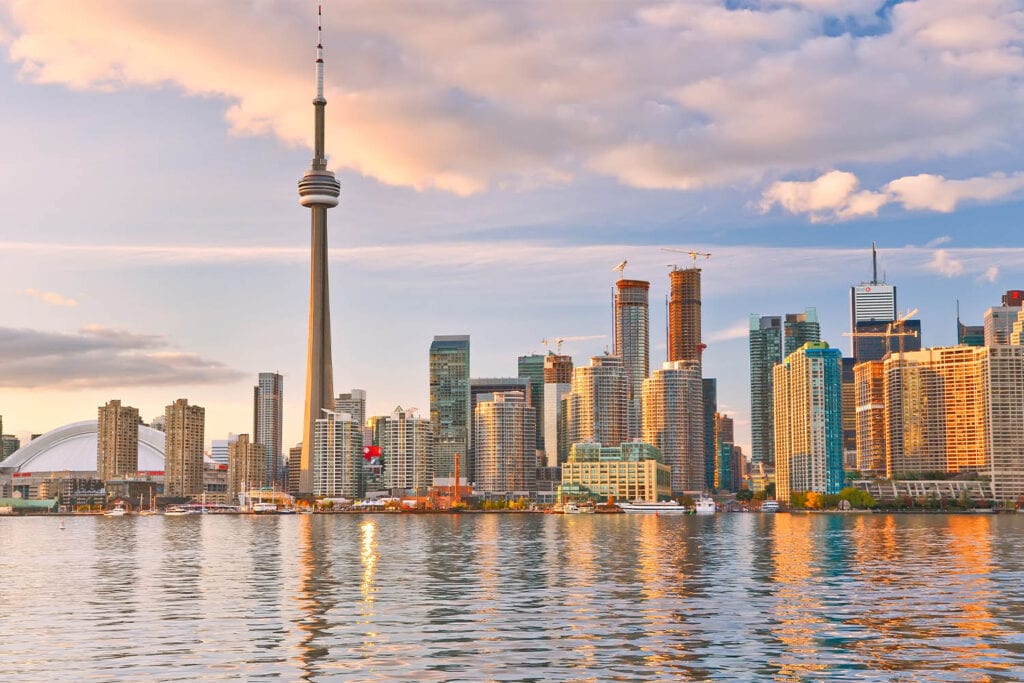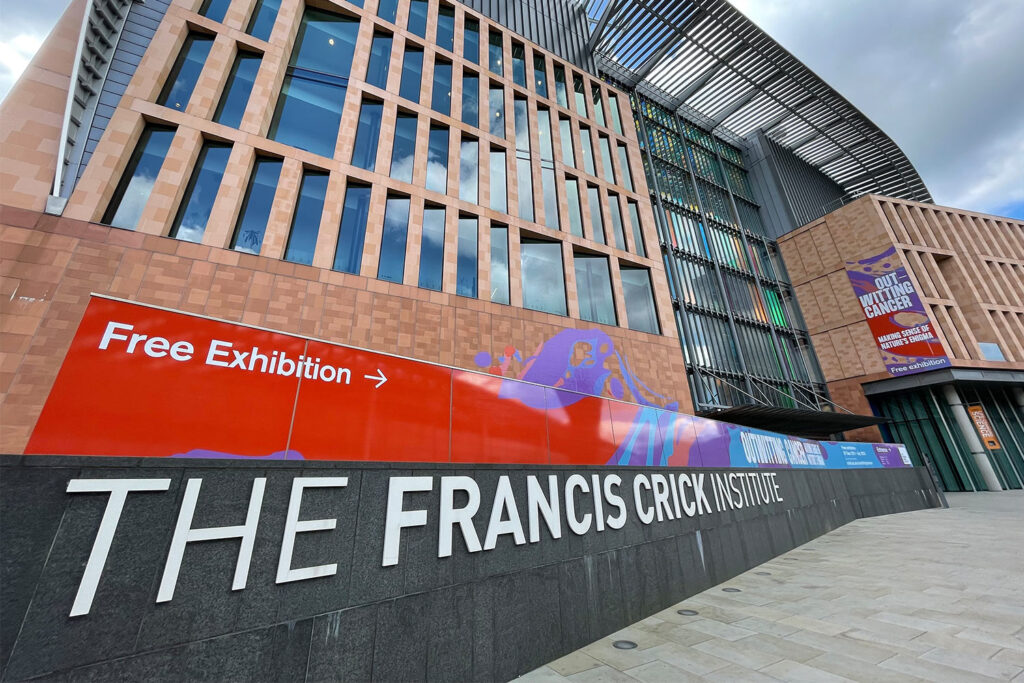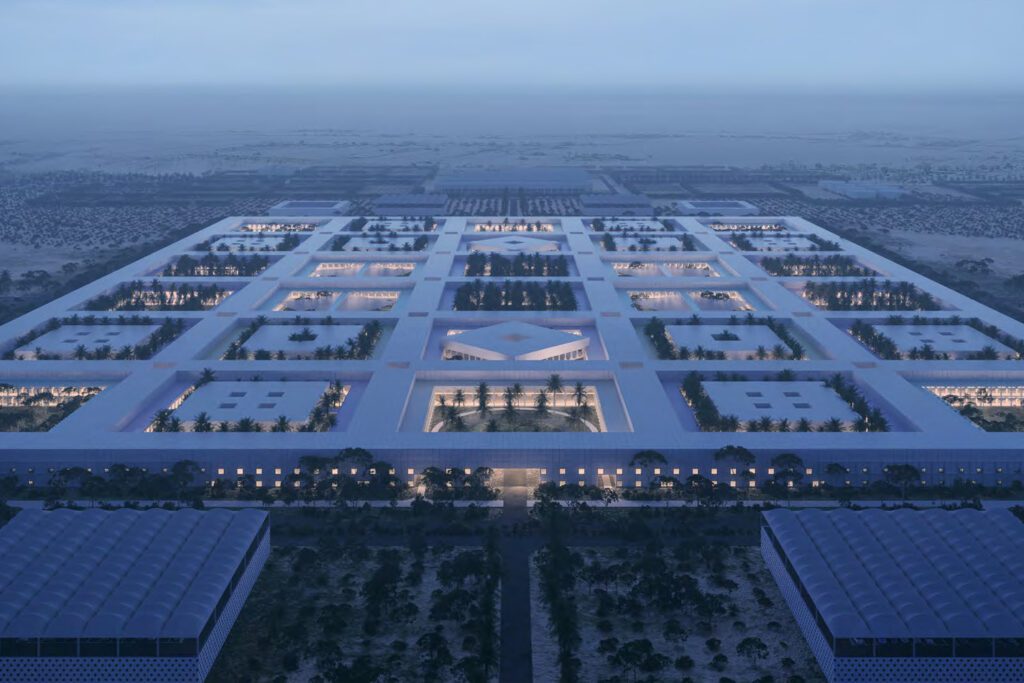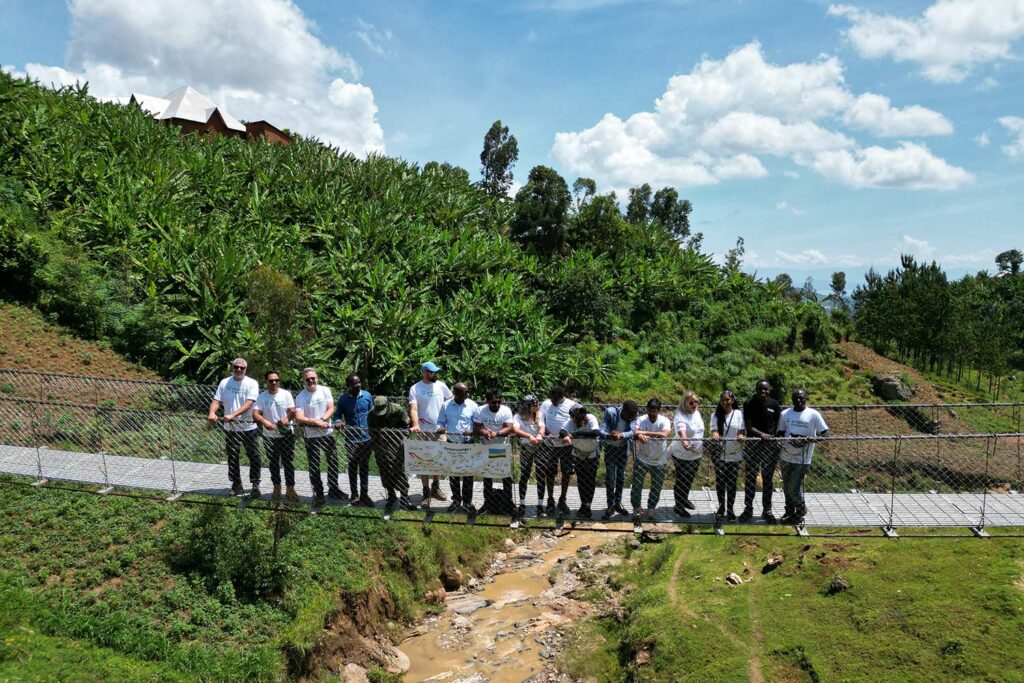6 lessons from Conscious Cities 2017
Senior Sustainability Consultant, Jamie Anderson, shares his biggest takeaways from the Conscious Cities conference 2017.
As a member of Buro Happold’s London sustainability team I recently had the pleasure to attend and speak at the second Conscious Cities conference. The event is organised and sponsored by an eclectic array including: UCL, Catapult Future Cities, ANFA and UDMH.
The day was wide-ranging in content, covering neuroscientific and behavioural insight for the built environment, how we may use technology and the role of governance and industry.

I presented largely on the science of well-being and how Buro Happold is actively contributing to the translation of the science into practice. It felt a little odd presenting via ‘binoculars’ and a population-level perspective, contrasted with the ‘microscopic’ neuroscience of Professors Kate Jeffery and Moshe Bar. Fortunately, the content was well received, with some probing questions afterward.
Here are 6 key takeaways from the event:
1. The emergence of neuroscientific voice. It was fascinating to hear of several ‘neuro’ perspectives afforded by new technologies. Hugo Spiers’s (UCL) took us one step further, with a 3 prong process of the translation of insight for the enrichment of design decisions.
2. Consumer tech combined with ‘citizen science’ was highlighted by Professor Colin Ellard from Waterloo University as a potential game changer for science, practice and local communities.
3. We need to do more to unpack the big ‘B’ word (beauty). Architect Alison Brookes introduced the big B concept, which was unpacked in a more practical sense by Prof Nick Tyler (UCL). This is something BH is beginning to touch upon, as we explore holistic definitions of quality of space, on projects such as International Quarter London.
4. We need empathetic design. Pat Brown of Central stretched things beyond beauty, describing the need for more caring design, a message that chimes strongly with the work of BH’s Inclusive Design team, led by Neil Smith.
5. Co-design of intergenerational tower blocks with older people is interesting. A great next step would be for BH to work with Hollwich Kushner Architects to explore ‘performance gaps’ and establish what actually works, using bespoke Post Occupancy Evaluation (POE).
6. Technology has surprising unintended negative consequences. As well as the importance of avoiding ethical data infringements, a provocative discussion centred on PokemonGo and the commercialisation of public transport signage.
All speaker presentations and panel discussions are available online, together with the second Conscious Cities Anthology. In case of interest, the online material includes a photo essay combining images of public space users with inspiring participant quotes from my previous urban well-being research.
